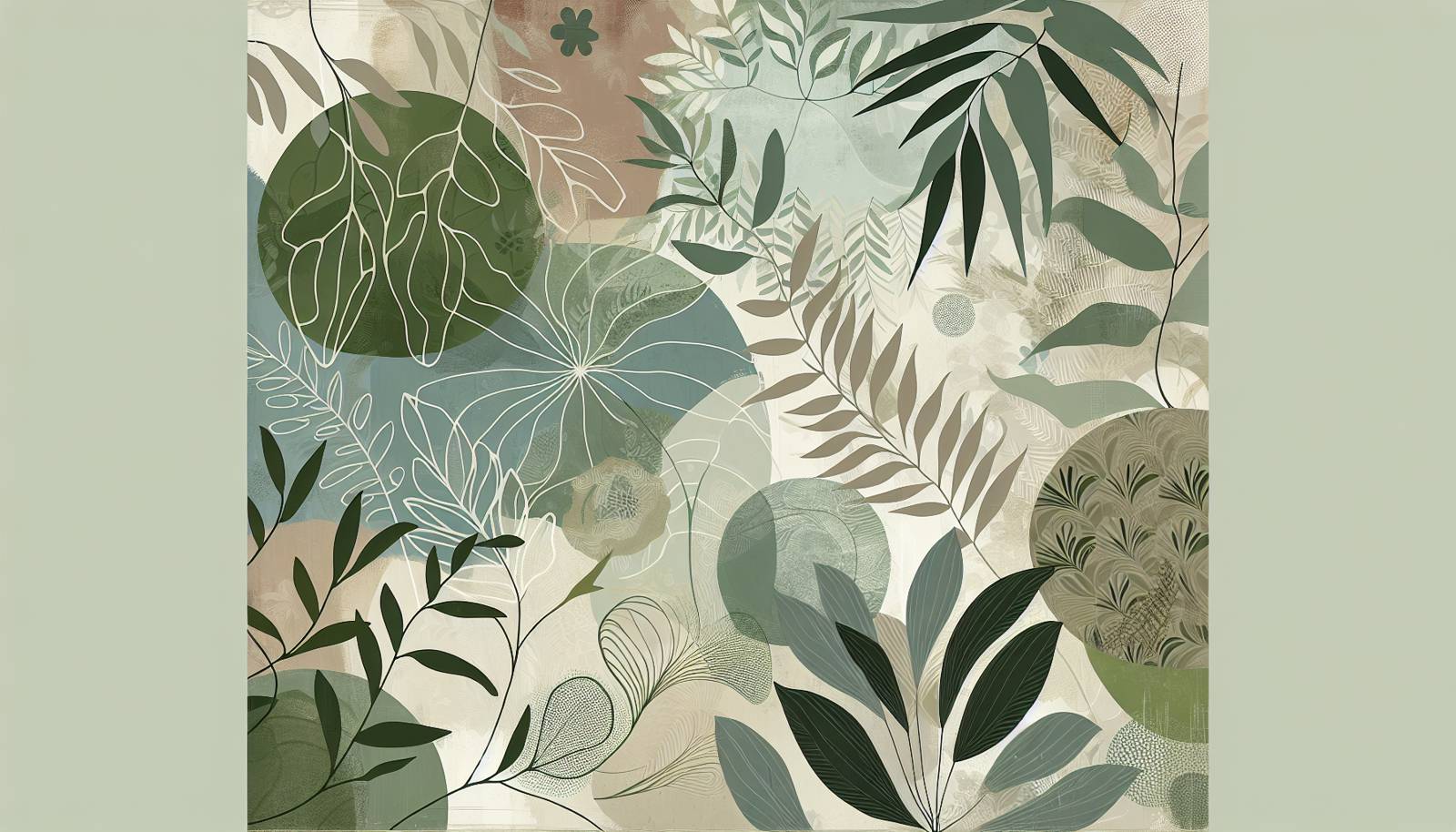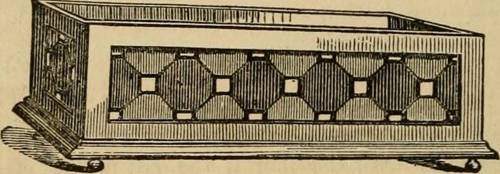
FAQ About Indoor Plant Algae and Mold Prevention Techniques

What causes algae and mold to grow on indoor plants?
Algae and mold thrive in environments with excessive moisture, warmth, and light. For indoor plants, overwatering, poor drainage, and stagnant air contribute to these conditions, creating the perfect setting for algae and mold to grow. Mold can appear as fuzzy patches on the soil, leaves, or plant surfaces, while algae often manifest as a green slimy layer on the soil.

How can I prevent algae from growing on my indoor plant soil?
To prevent algae growth, regulate the amount of water your plant receives by ensuring the soil dries out between waterings. Use well-draining pots and soil mixes, and provide ample air circulation around the plant. Covering the soil with a layer of inorganic mulch like pebbles can also minimize light exposure to the soil and deter algae growth.

What steps should I take to prevent mold from developing on my indoor plants?
Prevent mold by maintaining proper air circulation and humidity levels in your home. Avoid watering plants late in the day so the soil surface has time to dry out before nightfall. Consider using a fan to promote air movement or a dehumidifier if the environment is consistently too humid. Regularly cleaning leaves and wiping away excess moisture can also help prevent mold.

Are there specific indoor plant species more prone to algae and mold?
Plants that require high humidity and frequent watering, such as ferns and tropical species, are more susceptible to algae and mold issues. Ensure these plants receive proper care and monitor their conditions closely to mitigate risks.

Can natural remedies help control algae and mold in indoor plants?
Yes, natural remedies like cinnamon, neem oil, or a diluted vinegar solution can help control algae and mold. Sprinkle a bit of cinnamon on the soil surface or apply a neem oil spray to the leaves and stem to deter growth. Always test on a small area first to ensure the plant does not react negatively.

How does proper lighting affect the growth of algae and mold around indoor plants?
Proper lighting is crucial as both algae and mold can thrive in conditions of excessive or insufficient light. Ensure your indoor plants are placed in locations that mimic their natural light requirements. Avoid setting them in overly dark or continually damp environments to reduce algae and mold risk.

Is it necessary to repot plants to prevent algae and mold?
Repotting may be necessary if the current potting medium has poor drainage or if it's already heavily infested with algae or mold. When repotting, choose a well-draining soil mix and consider a pot with drainage holes to prevent excess moisture retention, which can lead to further issues.

Will using fungicides harm my indoor plants?
Fungicides can be effective against mold but should be used with caution and according to the manufacturer's instructions. Some fungicides may harm delicate plant tissues or beneficial organisms in the soil. If possible, opt for less toxic options or try natural remedies first.

Can changing watering techniques help prevent algae and mold?
Yes, adjusting your watering habits is critical. Water your plants in the morning so the soil can dry throughout the day, and make sure to water deeply yet infrequently to encourage strong root growth. Avoid letting the plant sit in water, which can promote mold and algae growth on the soil surface.

How often should I clean plant leaves to prevent mold and algae?
Plant leaves should be cleaned regularly to remove dust, dirt, and moisture that can contribute to algae and mold growth. Depending on your environment, this could involve a gentle wipe with a damp cloth or a soft burst of water every few weeks. Pay special attention to the undersides where moisture can accumulate.

Are there any specific soil types that help prevent algae growth?
Using a soil mix with good drainage properties can help reduce the moisture retention in the top layer of soil, where algae commonly grow. Choose mixes that contain materials such as sand or perlite, which enhance drainage and help keep the surface dry.

What should I do if algae has already started growing on the soil?
If algae is present, begin by reducing water and light exposure to the affected area. Gently scrape off the algae layer from the soil surface and replace it with fresh soil if needed. Adjusting care techniques as outlined can help prevent future occurrences.

Do inorganic materials like gravel aid in preventing mold and algae on plants?
Covering the soil with inorganic materials like gravel or pebbles can help reduce light penetration and moisture retention on the soil surface, discouraging algae and mold growth. Ensure these materials are used appropriately to maintain adequate soil aeration and drainage.

Is high humidity necessary for indoor plants, and how does it affect mold and algae growth?
While some plants benefit from high humidity, it can increase the risk of mold and algae growth. To balance, monitor humidity levels with a hygrometer and consider using a humidity tray or pebble tray instead of increasing ambient humidity, especially for plants that are prone to mold issues.

What signs of mold should I look for on my indoor plants?
Mold manifests as a gray, white, or black fuzzy layer on the soil, leaves, or stems. Look for wilting, yellowing, or leaf drop as symptoms of mold-related plant stress. Regular inspection and quick response to initial signs can help mitigate further mold growth.

Does the pot material impact algae and mold growth?
Pots made from porous materials like terracotta can help absorb and dissipate extra moisture, reducing the risk of mold and algae. In contrast, non-porous containers might retain more moisture if not properly ventilated, necessitating adjustments in care.

How does plant spacing affect algae and mold prevention?
Proper spacing between plants ensures adequate air circulation, minimizing moisture retention and thus reducing the chances of algae and mold formation. Crowded plants are more susceptible to humidity-induced mold problems.

Should I be concerned about mold spores in indoor air from my plants?
Mold spores can indeed travel through indoor air, possibly affecting other plants or causing health concerns if untreated. Regular cleaning and maintaining plant health can minimize mold spore spread. If persistent, consider consulting a professional for indoor air quality solutions.

Can LED grow lights contribute to algae and mold growth?
LED grow lights do not inherently cause algae and mold, but improper use can contribute. Ensure the lights are not too close to plants, which can overly warm and dry the soil, creating favorable conditions for mold. Correct placement and timing are crucial.
